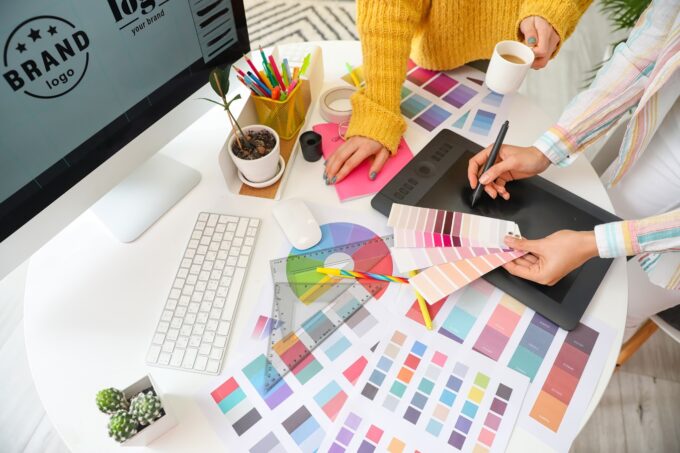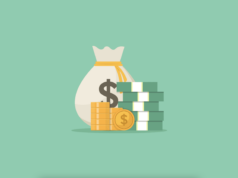In the highly competitive business landscape, standing out requires more than just an excellent product or service. This is where branded merchandise comes into play. As stated by a study conducted by ASI Global Ad Impressions, these promotional items wield remarkable longevity, creating a substantial number of impressions throughout their existence.
For instance, branded masks alone are capable of generating 4,235 impressions during their lifetime. Furthermore, over half of the consumers—52% to be precise – expressed their intent to keep a logoed mask for more than three months.
Think about it. Every time you sip coffee from your favorite branded mug or scribble notes with a pen that sports a company logo, you’re interacting with a brand. And it’s not just about the utility. These items create a tangible, emotional connection between consumers and the brand – making them powerful marketing tools.
But creating successful branded merchandise isn’t as simple as slapping your logo on a product. It involves a deep understanding of your brand, your audience, and the principles of design. This guide will walk you through the process, sharing professional insights to help you create merchandise that not only looks good, but also resonates with your customers.
Understanding Brand Identity
Every brand has a unique identity, a distinct personality that separates it from the crowd. Think about your favorite brand—what comes to mind? Is it their logo, their colors, or perhaps their specific style of typography? This unique blend is your brand’s identity, and maintaining consistency with it is crucial for building recognition and trust.
Why is consistency so important? Imagine a friend who changes their personality every time you meet them. Confusing, isn’t it? The same goes for brands. If your logo, colors, or style constantly changes, it becomes difficult for customers to recognize and remember you. Consistency helps to create a familiar and comfortable experience for your audience.
Key elements of brand identity include your logo, color palette, typography, and other visual elements. Your logo is arguably the most recognized part of your brand, often the first thing people see. Your color palette and typography, on the other hand, help set the mood and tone for your brand. They communicate subtle messages about who you are, what you stand for, and how you want to be perceived.
Now, when it comes to building a custom product line, incorporating your brand identity into merchandise designs can seem challenging, but it is absolutely doable. Let’s say your brand color is a vibrant red, and your logo is a sleek, minimalistic design. To maintain consistency, you might choose to produce red coffee mugs with your logo printed in white. Or, if your brand is associated with sustainability, you might opt for eco-friendly materials for your merchandise. By doing so, you’re not just creating products, but extensions of your brand that speak volumes about who you are.
Identifying Your Target Audience
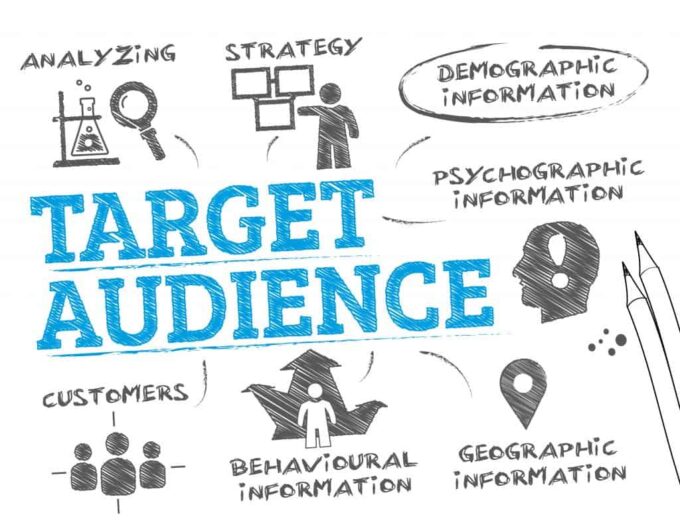
Creating effective branded merchandise begins with understanding who you’re designing for: your target audience. Just as a well-tailored suit fits its wearer perfectly, your merchandise should suit your audience’s tastes, needs, and lifestyle. After all, a product that resonates with college students might not have the same appeal for corporate executives.
So, how can you define and understand your target audience? Begin by profiling your ideal customer. Are they young or old? Tech-savvy or traditional? Casual or professional? You can gather such insights from your sales data, customer surveys, or social media analytics. Understanding your audience’s preferences and habits will help you create merchandise that they’ll love to use—and display.
Choosing The Right Merchandise
Choosing the right type of merchandise is like selecting the right ingredients for a recipe. It can make the difference between a delightful success and a forgettable flop. Factors to consider include your audience’s preferences, the context in which the merchandise will be used, and your budget.
While T-shirts and mugs are popular choices, don’t be afraid to think outside the box. Tech gadgets like USB drives, or wellness items like branded masks and hand sanitizers, can also make a big impact. Each type of merchandise has its pros and cons. Apparel items offer high visibility but require you to stock multiple sizes. In contrast, items like keychains are one-size-fits-all but might not be used as publicly.
Design Principles For Branded Merchandise
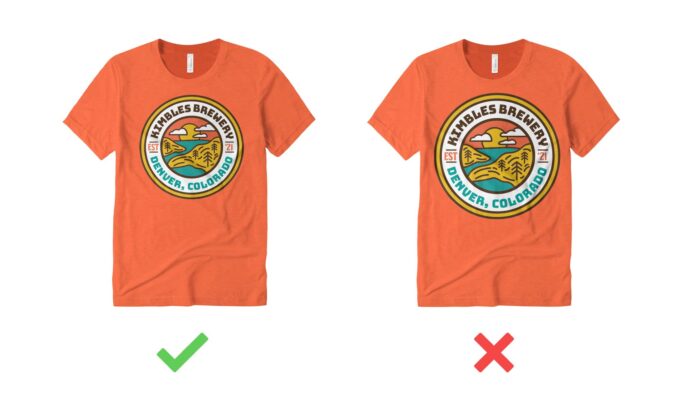
A beautifully designed product can turn a simple item into a must-have piece of merchandise. This is where understanding basic design principles comes in handy. Balance, contrast, and emphasis all play a part in making your merchandise visually appealing.
Adapting your brand’s design elements for different merchandise can be a creative challenge. A design that works perfectly on a T-shirt might not look as good on a smaller item like a pen. Experiment with different layouts and sizes to find what works best.
Lastly, never underestimate the importance of simplicity and readability in your merchandise design. While it might be tempting to go all out with complex designs, remember that your merchandise serves as a marketing tool. Your logo or brand name should be easily recognizable at a glance. With a clear and simple design, your branded merchandise can become a powerful ambassador for your brand.
Working With Vendors And Manufacturers

Choosing the right vendor or manufacturer is akin to finding a reliable partner. They should have a proven track record, provide quality products, and be able to deliver on time. Don’t hesitate to ask for samples and references. Remember, a lower price might be tempting, but quality and reliability are equally important.
Understanding the production process, from design to finished product, can save you a lot of headaches. It helps you set realistic timelines and anticipate potential issues. Ask your vendor about their process, materials used, and quality control measures.
Working with vendors and manufacturers isn’t always smooth sailing. Delays, quality issues, and communication gaps are common challenges. Having a clear contract, maintaining open lines of communication, and building strong relationships can help you navigate these hurdles effectively.
Launching And Promoting Your Branded Merchandise
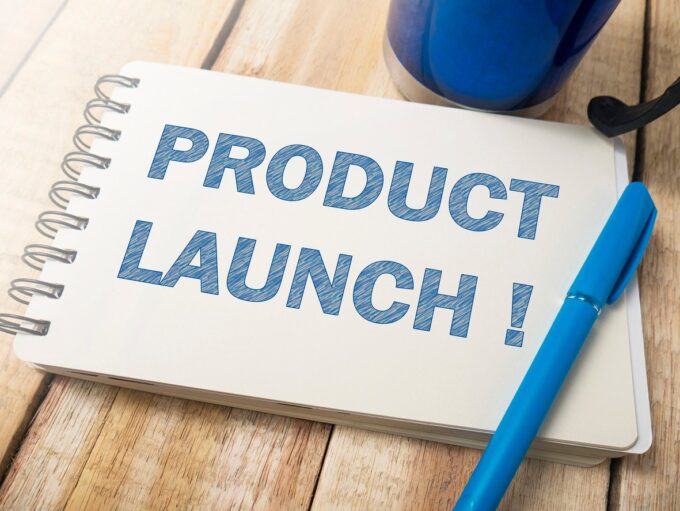
A successful merchandise launch is much like opening night for a theater production. It requires careful planning, effective promotion, and a touch of excitement. Ensure your merchandise is ready, your website is updated, and your team is prepared to handle orders and inquiries.
Promoting your merchandise can be done through various channels. Social media is a powerful tool for showcasing your products and sparking interest. Events, both online and offline, offer opportunities for people to see and touch your products. Giveaways can create buzz and turn your customers into brand ambassadors.
Lastly, don’t forget to monitor sales and feedback. This can provide valuable insights into what’s working and what needs improvement. Listen to your customers—their feedback can guide your future merchandise designs and marketing strategies.
Conclusion
Having navigated through the steps of designing and creating branded merchandise, the opportunity now lies ahead to put this knowledge into action. Remember, this process goes beyond merely producing items with a logo on them. It’s about forging a connection with the audience and amplifying the brand’s presence. Although the journey may present challenges, the rewards waiting at the end can be significant.


